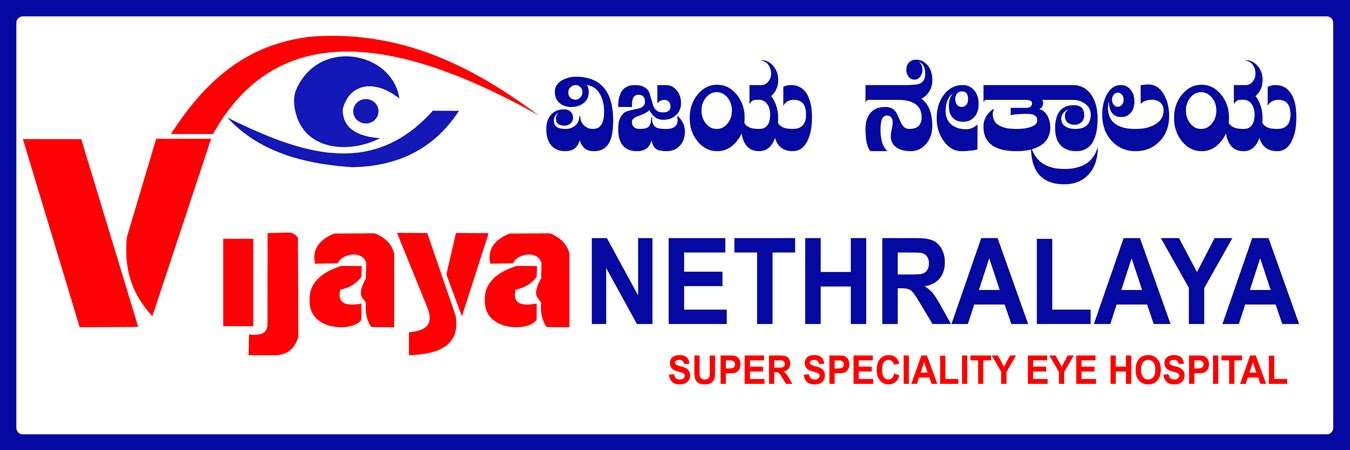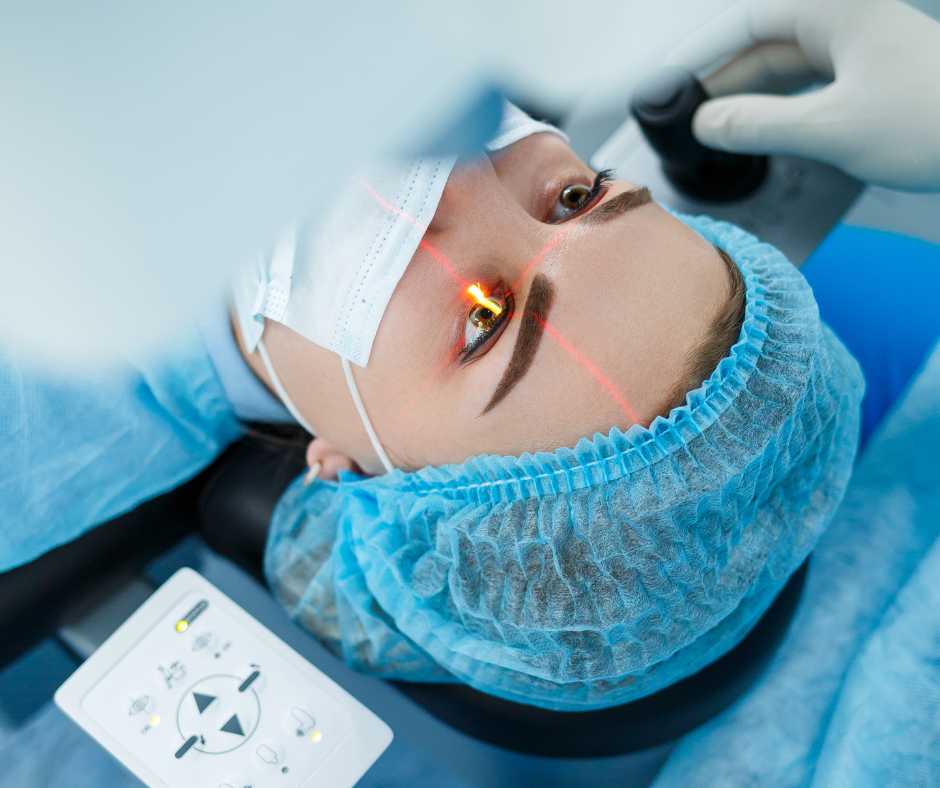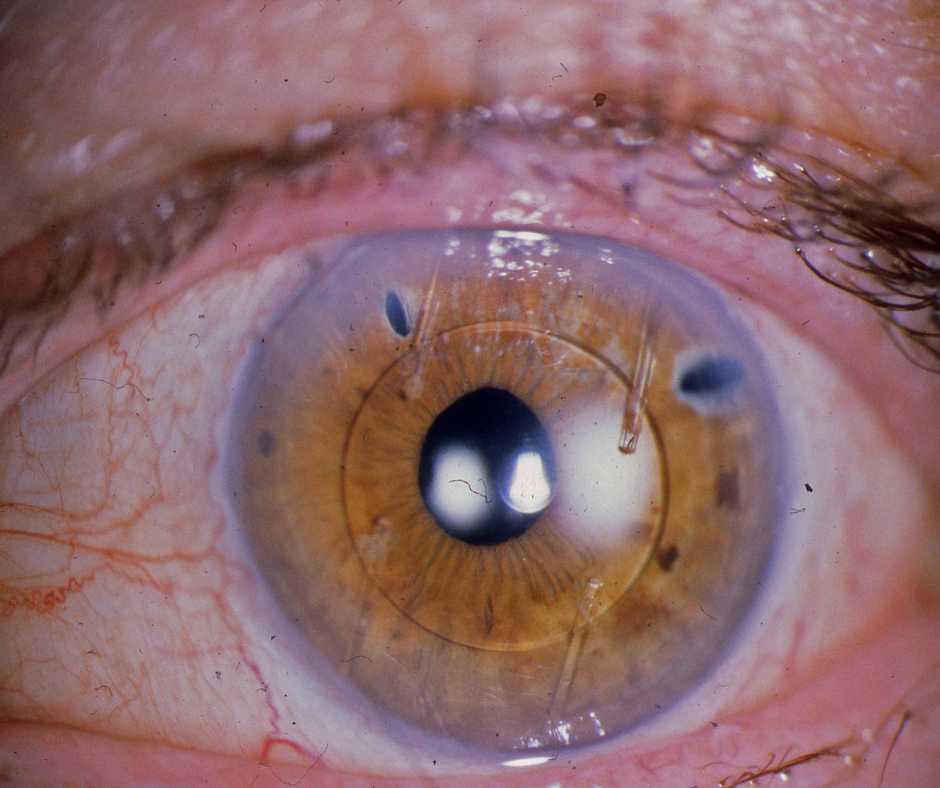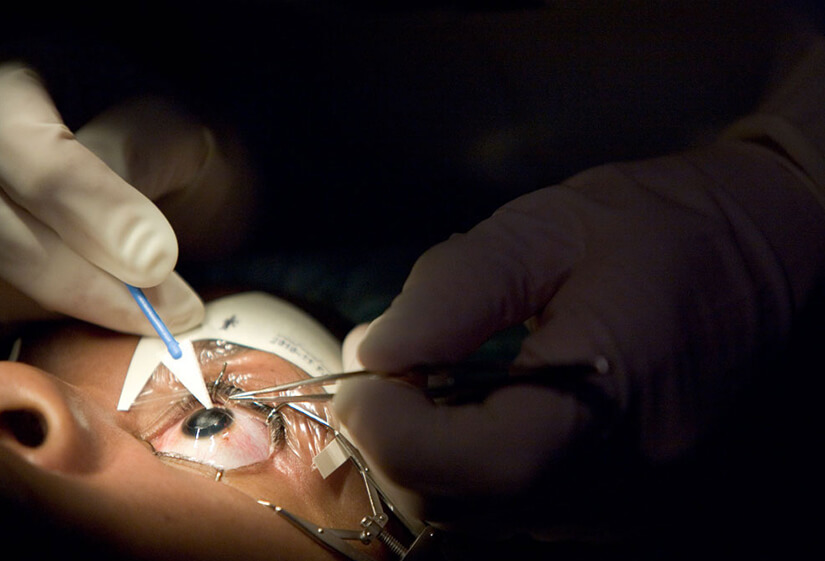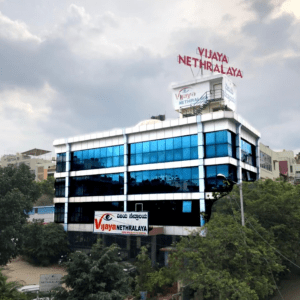Femto LASIK eye surgery is revolutionizing the way we think about laser vision correction. With its advanced technology and enhanced precision, it’s gaining popularity as an option for those seeking a permanent solution to vision problems like nearsightedness, farsightedness, and astigmatism. But what exactly is Femto LASIK, and how does it differ from traditional LASIK surgery? Let’s dive into everything you need to know.
What is LASIK?
Before we delve into Femto LASIK, let’s quickly cover LASIK, the most common laser eye surgery. LASIK, which stands for Laser-Assisted in Situ Keratomileusis, is a procedure designed to correct refractive vision errors. It reshapes the cornea using a laser to help light enter the eye properly, improving vision.
Overview of LASIK Surgery/ femto lasik eye surgery
In traditional LASIK surgery, a flap is created in the cornea with a microkeratome (a precise surgical instrument), and then an excimer laser reshapes the cornea. This process improves how light focuses on the retina, offering patients reduced dependence on glasses or contact lenses.
How LASIK Works
The LASIK procedure is relatively quick, typically lasting only about 15 minutes per eye. After the surgery, many patients experience noticeable improvements in vision almost immediately, although full healing can take several weeks.
What is Femto LASIK femto lasik eye surgery ?
Femto LASIK takes the LASIK procedure to the next level by replacing the traditional mechanical cutting tool (microkeratome) with a femtosecond laser. This advanced laser allows for far more precision and reduces the risk of complications.
Definition and Explanation
Femto LASIK, also known as Femtosecond LASIK, uses a femtosecond laser to create the corneal flap. The laser produces incredibly short pulses of light, which cut through the cornea with pinpoint accuracy, creating a flap that is thinner and more uniform than the one created by traditional methods.
Key Advantages of Femto LASIK Over Traditional LASIK
- Precision: The femtosecond laser offers incredibly precise and consistent flap creation.
- Safety: The risk of complications such as flap dislocation is reduced.
- Customization: The procedure can be customized for each patient, offering more tailored results.
How Does Femto LASIK Work?
To understand how Femto LASIK works, let’s break it down step-by-step.
The Role of Femtosecond Laser Technology /femto lasik eye surgery
In Femto LASIK, the femtosecond laser creates the corneal flap by emitting ultra-fast pulses of light. These pulses are measured in femtoseconds (1 femtosecond = 1 quadrillionth of a second), which allows the laser to precisely target tissues without damaging surrounding areas.
Step-by-Step Process of Femto LASIK Surgery
- Preparation: The patient is given numbing eye drops to ensure comfort throughout the procedure.
- Flap Creation: The femtosecond laser creates a precise flap on the cornea.
- Reshaping the Cornea: After the flap is lifted, an excimer laser is used to reshape the underlying corneal tissue.
- Flap Replacement: The corneal flap is carefully repositioned, and the healing process begins immediately.
Femto LASIK vs. Traditional LASIK
While both Femto LASIK and traditional LASIK aim to correct refractive vision problems, there are some notable differences in their methods.
Key Differences in Procedure
- Flap Creation: Traditional LASIK uses a mechanical device (microkeratome) to create the corneal flap, while Femto LASIK uses a femtosecond laser.
- Accuracy: Femto LASIK allows for more precise flap creation, reducing the risk of complications.
Recovery Time Comparison
Both Femto LASIK and traditional LASIK offer relatively quick recovery times, but Femto LASIK typically leads to faster healing due to the increased precision of the flap.
Benefits of Femto LASIK
Femto LASIK offers several key benefits over traditional LASIK surgery:
Precision and Accuracy
The femtosecond laser’s ability to create a perfectly uniform flap is one of the primary advantages of Femto LASIK. This precision allows for better visual outcomes and a reduced risk of complications.
Reduced Risk of Complications
The laser’s accuracy also minimizes the risk of complications, such as flap dislocation, a potential concern in traditional LASIK.
Faster Recovery Time
Because the corneal flap is thinner and more uniform, the recovery process tends to be quicker with Femto LASIK. Many patients experience improved vision within hours of surgery.
Potential Risks and Side Effects
Although Femto LASIK is generally safe, like any surgery, it carries some risks.
Common Risks Associated with Femto LASIK
- Dry eyes
- Glare or halos around lights
- Light sensitivity
- Temporary blurry vision
Rare but Serious Complications
- Infection
- Flap complications (rare)
- Vision loss (extremely rare)
Is Femto LASIK Right for You?
Femto LASIK is suitable for many patients, but not everyone. Ideal candidates typically:
- Are 18 years or older
- Have stable vision for at least a year
- Have a healthy cornea
- Do not have significant eye health problems
Conditions Treated by Femto LASIK
Femto LASIK can treat common refractive errors like:
- Nearsightedness (myopia)
- Farsightedness (hyperopia)
- Astigmatism
Femto LASIK Cost
The cost of Femto LASIK varies depending on several factors, including location, surgeon experience, and technology used.
Average Cost of Femto LASIK Surgery
On average, Femto LASIK costs between $2,000 to $3,000 per eye. Some clinics may offer package deals or payment plans to help manage the cost.
Factors Affecting the Cost
- Surgeon’s expertise
- Location of the clinic
- Whether the clinic uses advanced technology
Preparing for Femto LASIK Surgery
Proper preparation is key to a successful surgery.

What to Expect Before the Procedure
Before the procedure, you’ll undergo a comprehensive eye exam to assess your eye health and determine your suitability for Femto LASIK.
Pre-Surgery Guidelines and Advice
- Avoid wearing contact lenses for several weeks before the surgery.
- Arrange for someone to drive you home after the procedure.
- Follow any specific instructions from your surgeon.
Recovery After Femto LASIK
The recovery process is usually fast and straightforward.
Post-Surgery Care and Instructions
- Use prescribed eye drops to aid healing.
- Avoid rubbing your eyes.
- Protect your eyes from bright light and dust.
How Long It Takes to Fully Recover
While initial recovery can take a few days, complete healing may take several weeks. Most patients notice significant improvement in vision within 24 hours.
Success Rates of Femto LASIK
Femto LASIK boasts high success and satisfaction rates, with many patients achieving 20/25 vision or better after surgery.
Statistical Success and Satisfaction Rates
Studies show that over 95% of Femto LASIK patients report improved vision and satisfaction with the results.
Patient Testimonials and Reviews
Many patients rave about their improved quality of life after Femto LASIK, reporting clearer vision without the need for glasses or contacts.
Femto LASIK for People with Astigmatism
Femto LASIK is highly effective in treating astigmatism, a condition where the cornea is irregularly shaped.
How Femto LASIK Can Treat Astigmatism
The femtosecond laser allows for precise reshaping of the cornea, correcting astigmatism by making the curvature more even.
Special Considerations for Astigmatism Patients
Patients with higher degrees of astigmatism may need additional treatment or customized approaches to achieve optimal results.
Alternative Vision Correction Options
While Femto LASIK is a top choice, other options are available, including:
- PRK (Photorefractive Keratectomy): A laser procedure similar to LASIK but without the flap.
- LASEK (Laser-Assisted Subepithelial Keratectomy): Another alternative for patients with thin corneas.
Comparing Femto LASIK to Alternatives
Femto LASIK offers more precision and faster recovery than many alternatives, making it a popular choice for most patients.
Author Details:
Dr. Sushruth Appajigowda holds a prominent position as a Cornea, Cataract, Glaucoma, and LASIK Surgeon in Bangalore. He serves as the chief Cataract and Refractive surgeon at Vijaya Nethralaya Eye Hospital, Nagarbhavi Bangalore. Renowned as one of the finest LASIK surgeons nationwide, he brings with him over 12+ years of experience across multiple LASIK platforms, including ZEISS, ALCON, SCHWIND, AMO, and Bausch and Lomb. Having successfully conducted over 5000 LASIK procedures, Dr. Sushruth holds the title of a Certified Refractive Surgeon and a Fellow of the All India Collegium Of Ophthalmology. Furthermore, he stands as a distinguished speaker at various National and International Forums, using his expertise to guide you in selecting the most suitable procedure based on your health requirements.
Dr sushruth Appaji gowda
http://vijayanethralaya.com/link-in-bio/
Conclusion
Femto LASIK is a groundbreaking advancement in vision correction. It offers numerous benefits, including superior precision, reduced risk of complications, and quicker recovery times compared to traditional LASIK. If you’re considering LASIK surgery, Femto LASIK may be the right choice for you.
Frequently Asked Questions (FAQs)
What is the recovery time after Femto LASIK?
Recovery time varies, but most patients notice improvement within 24 hours. Full recovery may take up to several weeks.
How long does the Femto LASIK procedure take?
The surgery itself takes about 15 minutes per eye.
Is Femto LASIK more expensive than traditional LASIK?
Yes, Femto LASIK is generally more expensive due to the advanced technology used.
Can Femto LASIK treat astigmatism?
Yes, Femto LASIK is highly effective in treating astigmatism by reshaping the cornea.
How effective is Femto LASIK for nearsightedness?
Femto LASIK has a high success rate in treating nearsightedness, with many patients achieving 20/25 vision or better.
